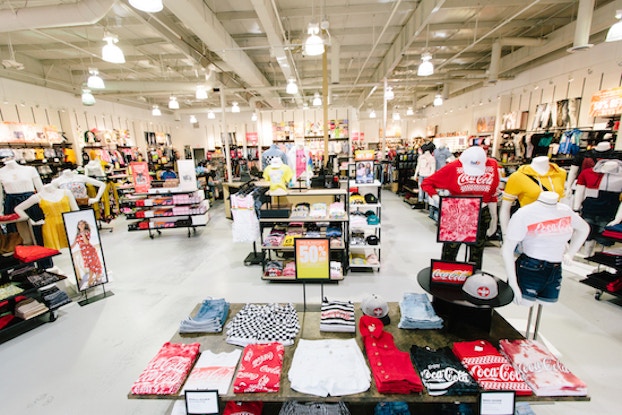
As a company still recovering steadily after emerging from Chapter 11 in 2017, teen fashion retailer rue21 has an acute interest in minimizing operational waste and maximizing its return on investments, Michael Appel, CEO, told CO—.
The Warrendale, Pa.-based retailer, which operates more than 700 stores around the country, is seeking to avoid the multimillion-dollar costs that can often result from bringing in underperforming items, or items with sub-optimal pricing, for example.
Rue21 is getting help from modern technology in this area, according to Appel, who has been chairman and CEO since the company emerged from bankruptcy.
“Predictive analytics is really an integral part of how we run the business on a day-to-day basis at this point,” he said in an interview with CO—.
Predictive analytics, as the term implies, uses data mining, machine learning and other tools to forecast potential business outcomes. It is especially useful in helping rue21 manage its merchandising and promotions, according to Appel.
“We believe that in our marketplace … the ability to be able to use predictive analytics in the merchandising and buying function is critical to being successful,” he said.
Historically, retail apparel merchandisers have relied on a combination of in-store testing and intuition to make decisions about what items to carry and how to price them — which can be time-consuming and often costly, when items that miss the mark with customers need to be marked down.

To make the process more effective and expedient, rue21 has been working with technology provider First Insight, based in nearby Pittsburgh, to apply predictive analytics to the evaluation of potential new items and their optimal price points before bringing the items into the stores. The system works by sending out brief surveys in which the retailer asks customers to evaluate potential new items and provide feedback on suggested prices. The surveys are positioned as “games” to the retailer’s young audience, and often sent through social media platforms such as Instagram.
The whole feedback loop takes a matter of hours, compared with the many months that traditional in-store tests can encompass.
Armed with the survey data, which First Insight can crunch with other inputs such as historical sales data and aggregated industry data, rue21 can engage its vendors more constructively around issues like pricing and product design.
“It's part of what makes the conversation more productive on both sides,” said Appel.
The process of selecting and pricing new items remains both an art and a science, he said, but predictive analytics bolsters the “science” side of the equation significantly.
“It’s really complementing the merchants’ instincts,” said Appel. “It's been quite successful in terms of avoiding buying products that are not going to sell, and also in getting a deeper understanding as to what's going to sell and why, and what the right price point is.”
Targeting customer segments
The surveys can also be targeted toward different customer segments from rue21’s own database. For example, the retailer sees its customers as falling into two main buckets: those who are on the leading edge of fashion choices, and those who wait on the sidelines before adopting new styles. Items that resonate with the former might be too fashion-forward for the latter.
Survey responses are also weighted based on test questions that are used to gauge customers’ fashion awareness. Customers who score high on the test questions are deemed to have a more insider fashion sense than those who fare poorly, and therefore their feedback is assigned more weight in First Insight’s analysis.
We believe that in our marketplace … the ability to be able to use predictive analytics in the merchandising and buying function is critical to being successful.Michael Appel, CEO, rue21
Appel declined to provide specific details about any measurable results the company might be achieving through the use of the system, but he did say that the business performance has continued to improve every quarter since the beginning of 2018.
“It has been very successful,” said Appel of the predictive analytics technology. “We recognize the benefit of it, and we're using it in every division of the company.”
Theo Rose, a principal at New York-based consulting firm Applied Retail Transformation Ltd., said predictive analytics can be a “huge facilitator” for retailers when it comes to merchandising and pricing.
“It is a technology tool that puts structure around the process of understanding the customer,” he said. “This is very valuable stuff, no doubt about it.”
Rue21 is currently beta testing the use of predictive analytics from First Insight to help it determine ordering quantities, which is one of the most critical aspects of buying apparel inventory, according to Rose.
“In the retail industry, the single most difficult decision in the entire equation is not necessarily what to buy, but how much,” he said.
CO— aims to bring you inspiration from leading respected experts. However, before making any business decision, you should consult a professional who can advise you based on your individual situation.
CO—is committed to helping you start, run and grow your small business. Learn more about the benefits of small business membership in the U.S. Chamber of Commerce, here.

Interested in a small business membership?
Find out how the U.S. Chamber of Commerce can help your company grow and thrive in today's rapidly-evolving business environment. Connect with our team to learn how a small business membership can benefit your bottom line and help you achieve your goals.




